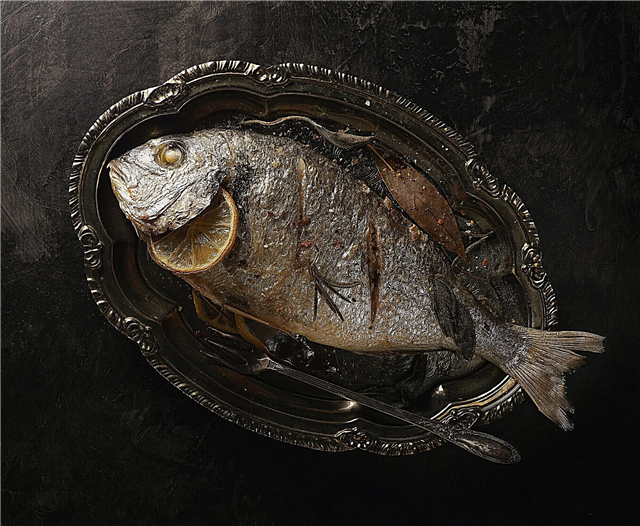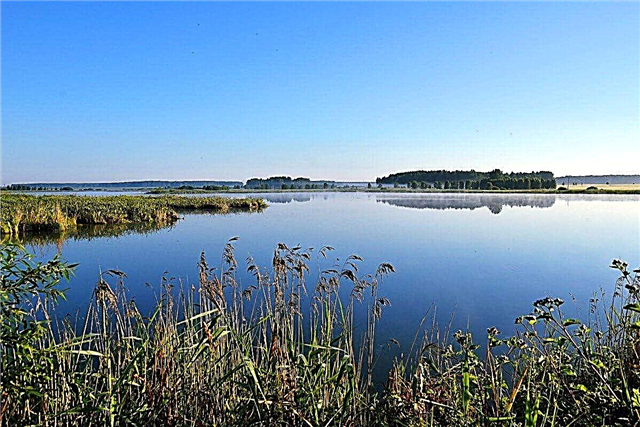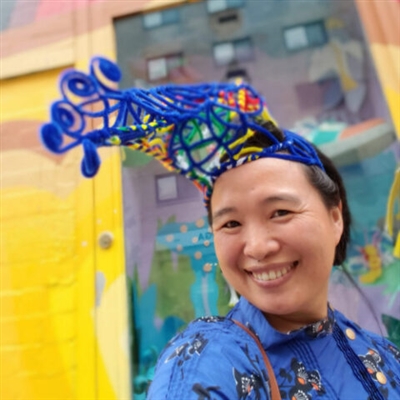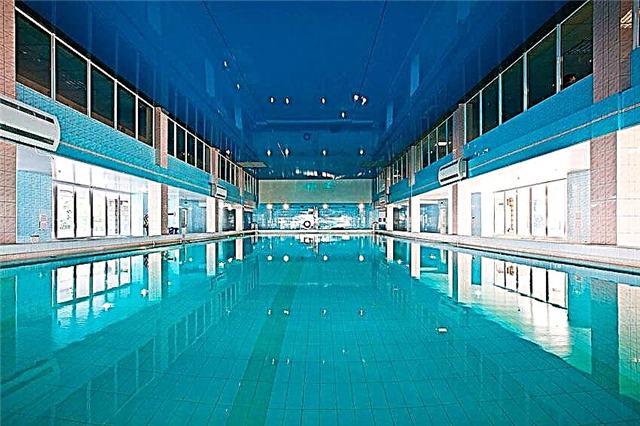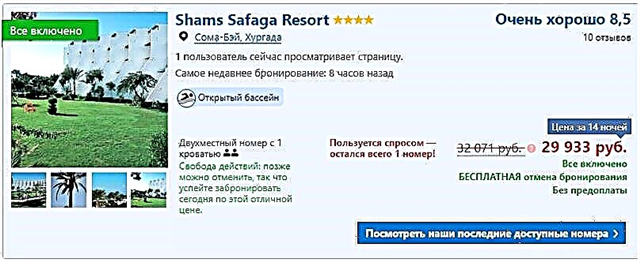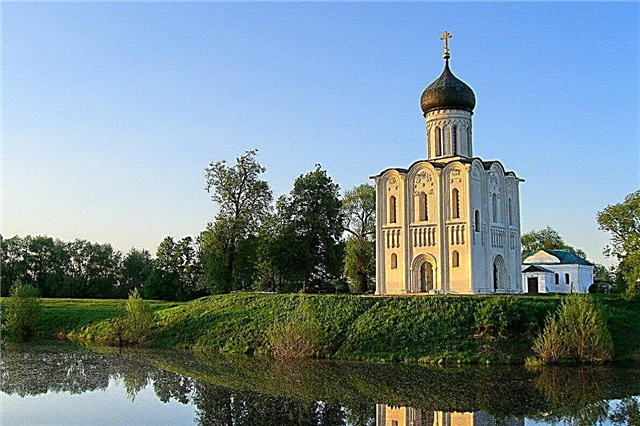The Vladimir region has something to surprise and delight tourists. The vast territory is scattered with many magnificent architectural ensembles, which reflect the entire 1000-year-old path of the Vladimir region. Among them are old noble estates, numerous Orthodox churches and monasteries. One of the first in Russia was created here a huge Vladimir-Suzdal Museum-Reserve. It includes 56 monuments of civil, defensive and church architecture located in Vladimir, Suzdal, Bogolyubov, Gus-Khrustalny and other places.
White-stone architectural monuments of the XII-XIII centuries, protected by UNESCO, are of particular value. The famous route of the Golden Ring of Russia passes through the Vladimir region. By the way, the very idea of creating such a tourist route originated in the city of Suzdal.
The most interesting and beautiful places in the region
What to see and where to go? The best objects of educational tourism and active recreation!
Church of the Intercession on the Nerl
A single-domed white-stone temple, like a candle, rises on the banks of the Nerl, far from villages, surrounded by meadows and lakes. The year of its construction is considered to be 1165. It was dedicated to a new holiday in Russia - the Protection of the Mother of God, established in the 12th century by Andrei Bogolyubsky. The walls of the temple are decorated with carvings with images of King David, figures of animals, female masks. The interior decoration is ascetic and does not shine with luxury, this is the main idea of the superiority of the spiritual over the material.

Aleksandrovskaya Sloboda
The open-air museum-reserve in Alexandrov is the former residence of Russian princes and tsars. The first buildings appeared here under Prince Vasily III, and during the reign of his son, Ivan the Terrible, the settlement served as the capital of the Russian state. The oldest temple in the complex is the Trinity Cathedral, erected in 1513. Also here are the Church of the Intercession, the church-bell tower, the Sretensky temple with a hospital building, the Assumption Church, and a convent.

Khrapovitsky's estate
The noble estate of the timber merchant Vladimir Khrapovitsky in Muromtsevo resembles a medieval Gothic castle. It was built at the end of the 19th century and is a whole palace and park ensemble, including the main master's house, a hunting pavilion, a horse yard, a church, gardens and fountains. Unfortunately, today most of the buildings are in a dilapidated state. The entire territory of the estate is fenced, tourists are allowed only accompanied by a guide.

Crystal Museum named after Maltsov
The magnificent exposition of the museum is located in the 19th century St. George Cathedral. More than 2000 crystal creations are presented here - vases, wine glasses, decanters, plates, glasses. All this is the work of the masters of the city of Gus-Khrustalny, from the 18th century to the present day. Most of them are made at the city's famous crystal factory. The products you like can be purchased at the souvenir shop. Another pride of the museum is paintings by Viktor Vasnetsov and mosaics based on his sketches.

National park "Meschera"
The purpose of creating the park in 1992 was the preservation of the primeval natural complexes of Meshchera, historical and cultural monuments, the protection of rare flora and fauna. A tourist complex has been created on its territory, where you can choose different excursion routes or just live in a camping in nature. The park also includes a local history complex of real huts, wells, baths and other ancient Russian buildings, where tourists are offered interactive programs with a national flavor.

Museum of Wooden Architecture in Suzdal
On the banks of the Kamenka in Suzdal in the 60s of the last century, a unique architectural reserve appeared, in which the real spirit of the Russian village of the period of the XVIII-XIX centuries reigns. From all over the region, preserved structures made of wood were brought here - peasant huts, barns, churches, baths, windmills. Inside all the buildings, the interior of the past centuries has been recreated with precision to the smallest detail, and expositions on the theme of the life and life of Russian peasants are presented.

Suzdal Kremlin
The most ancient structure in Suzdal began to be built for defensive purposes back in the 10th century. Surprisingly, almost all of its main buildings and even partially earthen ramparts have survived to this day. Only the wooden protective walls and towers burned down. The main attractions of the ancient Kremlin are its temples. The Nativity Cathedral with the surviving Golden Gates, the Assumption and Nikolskaya churches, the bishops' chambers, the Nativity of Christ Church.

Murom Spaso-Preobrazhensky Monastery
The first mention of the monastery dates back to the beginning of the 11th century; it was founded by Prince Gleb of Murom. After 5-6 centuries, the Transfiguration Cathedral, several churches and chapels, a bell tower, abbot chambers, and outbuildings were erected on its territory. Today the monastery is active; there is also a religious school and a pilgrimage hotel. The whole area is very well-groomed and buried in greenery, there is even a lotus pond.

Intercession Monastery in Suzdal
The monastery was erected in the XIV century, although almost nothing of the buildings of that time remained. In the Middle Ages, the convent served as a place of life imprisonment for many representatives of the royal and noble families. The monastic complex includes the Intercession Cathedral, the bell tower, the Holy Gates, the refectory church, and outbuildings. After a long break, monastic life in the monastery revived in the early 90s of the last century.

Recommended: 20 main temples of Suzdal.
Monastery of the Robe
One of the oldest ancient Russian monasteries was founded in Suzdal at the beginning of the 13th century. All of its buildings were made of wood and have not survived to this day. But the stone structures, which began to be erected in the 16th century, can be seen even today: the Cathedral of the Robe, the Holy Gates, the 72-meter-high Venerable bell tower, the Sretensky Church. From 1923 to 1999, the monastery was closed; from the end of the last century, its activities were resumed.

Trinity Monastery in Murom
Founded in the 17th century, the monastery is very popular with tourists and pilgrims from all over the country. Its main shrine is the relics of the holy spouses of the princes Peter and Fevronia, they are considered the patrons of family union and love. In front of the monastery, a monument is erected in their honor, where it is customary to come during wedding ceremonies and make wishes. Another ancient relic is kept in the monastery - a relic cross, found in 1657 during the capture of the city of Vilno.

Alexander Monastery in Suzdal
Initially, the Alexander Monastery was built on the initiative of Alexander Nevsky in the 12th century. Unfortunately, it was completely burned down by the Poles at the beginning of the 17th century. Later, the Ascension Church and a bell tower were erected here, which have survived to this day. Nowadays the monastery is active, cells and outbuildings were built recently. The monastery is not as popular as other temples of the region, there are few novices in it, so it is always calm and not crowded here.

Annunciation Monastery
The monastery in Murom was founded by Ivan the Terrible in the middle of the 16th century. Among his especially revered shrines are the relics of Prince Constantine and his two sons, a particle of the relics of Elijah of Murom, an icon of the Mother of God, the grave of the miracle worker Elder Apollonius. Inside the temple, there are magnificent ancient icons and one of the oldest iconostases in the city of six tiers, installed in 1797. In Soviet times, the temple, the only one in Murom, was not closed.

Bogolyubsky monastery
The construction of the temple was carried out by Prince Andrey Bogolyubsky at the beginning of the 12th century, although its current appearance is determined mainly by the buildings of the 19th century. Fragments of the prince's palace have been preserved on the territory of the monastery. The site of the murder of the prince has long been revered here, especially after his canonization by the church in the 18th century. The monastery was often visited by princes, tsars, representatives of the higher clergy. One of its main shrines is the Bogolyubskaya icon of the Mother of God. Nowadays the monastery is active.

Monastery of Saint Euthymius
The monastery was built in Suzdal in the XIV century as a defensive structure. Its powerful walls have been perfectly preserved to our times, as well as a whole ensemble of internal buildings. The main one is the Transfiguration Cathedral, in which frescoes and paintings of the 16th-17th centuries have been preserved, as well as Nikolskaya, Assumption and Annunciation churches, a prison building, and the crypt of Mikhail Pozharsky. Today the monastery is inactive and open to tourists.

Museum of Marina and Anastasia Tsvetaev
The Museum of the famous Tsvetaev sisters was organized in Alexandrov in 1991. Its expositions are located in two one-story wooden houses of the 19th century. The museum funds are dedicated not only to the Tsvetaevs, but also to other representatives of Russian culture. Personal belongings, archival photographs are kept here, and most importantly, the atmosphere of the Silver Age of poetry is recreated in detail. Every June the Tsvetaevsky poetry festival is held in the museum.

Memorial House-Museum of N.E. Zhukovsky
The entire life of Nikolai Zhukovsky, the founder of Russian aviation, is connected with the noble estate in the village of Orekhovo, whose history is more than 200 years old. Here he spent his childhood, came as a student and then a university teacher, wrote scientific works. The mansion and the surrounding park have been perfectly preserved to this day. Museum expositions are presented in 11 rooms and introduce the life and scientific heritage of the talented scientist.

Dyukinsky quarries
Earlier, in the middle of the last century, limestone, dolomite and other rocks were mined in quarries on the territory of the Dyukinsky state reserve. At present, mining operations have been discontinued. The bottom of the quarries is gradually overgrown with forest, and they themselves are quite a popular place among fans of cycling, mountaineering, and camping. Climbing competitions are regularly held here, 7 climbing trails with a wall height of 10 meters have been laid.

Karacharovo
The inhabitants of this Murom microdistrict are firmly convinced that the epic hero Ilya Muromets was born and lived in this area. One of the houses even has a memorial plaque in his honor, and the residents of the house consider themselves to be his direct descendants. It is believed that the Trinity Church was founded by a national hero; particles of his relics are kept in it. And nearby, in the place where the horse of Muromets struck with a hoof, a spring with holy water began to flow. Now there is a swimming pool equipped there.

Bald Mountain (Gorokhovets)
Many legends and guesses are connected with the name and origin of this mountain devoid of any vegetation. According to some of them, this is not a mountain at all, but a mound, poured at the burial place of the Golden Horde Khan, according to other versions - there was once a place of worship for pagan gods. And some even believe in sorcerers and witches. Excavations carried out in this area showed that even in the 5th century BC. e. Finno-Ugric tribes lived here.

Patriarchal Garden
One of the most picturesque corners of the city of Vladimir is located in its central part and is a relief depression with an area of 3 hectares, surrounded by hills. The garden was laid in the 16th century and since then it has been pleasing residents and guests of the city with the lush color and fragrance of plants from different countries of the world. Here you can take a walk - alone or with a guide, sit on benches or in gazebos, feed swans on a pond, see a unique dry fountain, and visit a greenhouse.

Museum "Shchurovo settlement"
To plunge into the atmosphere of Ancient Russia, to get to know its culture and life better, it is worth visiting the reconstructed ancient Slavic settlement in Suzdal. On the territory of 1 hectare there are wooden huts, barns, a smithy, an armory, a corral for cattle. Here you can ride horses, learn to shoot a bow and wield a sword, bake bread in a real Old Russian clay oven. The museum is carrying out reconstructions of historical combat battles, filming films.

Filthy tub
The nature protection zone near the town of Karabanovo is a deep sinkhole in the middle of a flat landscape. At its bottom there is a swamp lake with an island in the middle. The water in it disappears, then reappears, and many mystical beliefs are associated with this. Trees of intricate shapes grow along the slopes of the funnel, many of them are dry and fallen. It is believed that the crater was formed due to the fall of a meteorite. In ancient times, cult pagan rituals were held at this place.

Assumption Cathedral in Vladimir
A masterpiece of ancient Russian architecture in Vladimir was erected at the beginning of the 12th century as the main temple of the Vladimir-Suzdal lands. It was decorated by the best architects from different countries, and the interior was painted by famous masters Andrei Rublev and Daniil Cherny. Some fragments of their frescoes have survived to this day. The great dukes and representatives of the clergy are buried on the territory of the temple. Pilgrims come here to venerate the holy relics of Alexander Nevsky.

Recommended: 25 main temples of Vladimir.
Dmitrievsky Cathedral in Vladimir
The white-stone cathedral, built in the 12th century in honor of the great martyr Dmitry of Thessaloniki, is famous for its numerous stone reliefs on the walls, depicting the faces of saints, rulers, figures of outlandish animals, and flowers. Most of them have survived in their original form. Fragments of the interior decoration of the temple have also survived to this day - magnificent 12th century frescoes on religious themes. Nowadays the cathedral is active and is open for parishioners and tourists.

St. George Cathedral in Yuryev-Polsky
The temple was built in the 30s of the XIII century on the initiative of Prince Svyatoslav. The building was famous for its rich stone carvings on the walls with relief images of animals, birds, plants and people that make up whole paintings. Unfortunately, in the 15th century, the temple collapsed for unknown reasons. After that, it was not possible to completely restore the paintings on the walls, only meaningless fragments remained. The main shrine of the cathedral is a cross carved out of stone by Svyatoslav himself.

Nicholas Embankment Church in Murom
The bright yellow silhouette of the church of St. Nicholas Naberezhny from 1717 adorns the high bank of the Oka. It was built of stone on the site of an old wooden church and is dedicated to the patron saint of merchants, travelers, sailors - Nicholas the Wonderworker. In Soviet times, the church was inactive, but in 1992 it was restored and returned to believers. Nearby is the Nikolsky spring with healing water, where, according to legend, the saint himself appeared.

Museum of Man-Made Stone in Aleksandrov
A collection of magnificent gems is presented at the Institute for the Synthesis of Mineral Raw Materials, in whose laboratories most of the crystals were grown. Some of the museum's exhibits are unique, since only the employees of the institute own the secrets of their cultivation technology. Along with artificial crystals, samples of natural minerals and rocks are exhibited here. The museum kiosk sells souvenirs made of stones, jewelry, amulets.

Water tower in Murom
The local landmark of Murom was built more than a century and a half ago, when there was no central water supply even in the district center of Vladimir. To this day, buildings of the 19th century have survived, except for a three-story water tower, a pumping station and a water column. At the end of the last century, the tower was closed due to the poor quality of the Oka water.But since 2008, it has been used again for its intended purpose. And now it is not river water that flows, but pure artesian water.

Glass market in Gus-Khrustalny
Since the 19th century, the city on the Gus River has been famous for its artful glass and crystal products, embodying the Russian style and unsurpassed quality. A wide selection of creations by local craftsmen are presented at the glass market in the city center. It also sells products made of ceramics, clay, stone, porcelain, plaster, wood. These are exquisite souvenirs, tableware, figurines, caskets, interior items for every taste, not only Russian, but also of foreign production.



